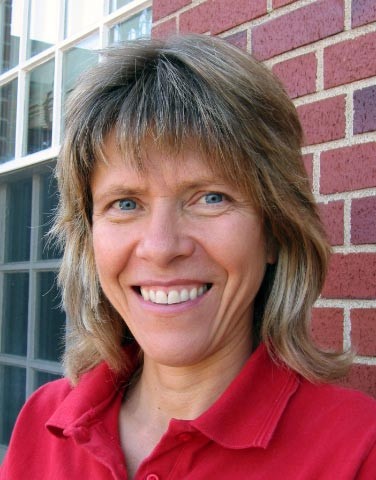|
Project Description:
Lesbians, Gay Men, and the Canadian Military: Negotiating Equity
The Canadian Parliament decriminalized homosexual behaviour and same-sex relations between consenting adults in 1968. The parallel discriminatory military policy, however, remained in effect until 1992. This policy, the Canadian Forces Administrative Order (CFAO)19-20, declared homosexuality a sexual abnormality and grounds for discharging soldiers (Park, 1994). The Special Investigation Unit (SIU) interrogated, investigated, and recommended the release of many military members for homosexuality over the years. Indeed, the period from about 1980 to 1983 is vividly etched in the minds of some Canadian Forces servicewomen: They refer to this particular era as the “witch hunts,” a period when the military more aggressively and ruthlessly investigated women for homosexuality (Gouliquer, 1998). Despite the military’s attempts to eliminate homosexuality from its ranks, lesbians and gay men continue to serve in this institution today.
As a direct result of the law suits filed by Michelle Douglas and four other soldiers against the Canadian Armed Forces, the Federal Court of Canada declared that military policy concerning homosexuality was contrary to the Canadian Charter of Rights and Freedoms (Park, 1994). Consequently, the Canadian Forces officially announced that joining or serving in the military would no longer be restricted on the basis of sexual orientation (News Release/Communiqué, 1992). This change in military policy, however, did not prevent continued discrimination. For instance, it was not until 1996 that the Canadian military extended benefits to members in same-sex relationships, which were previously available to heterosexual couples (CANFORGEN 094/96; Poulin, 2001). By 1998, only 17 claims for benefits had been submitted by gay and lesbian soldiers (two men and fifteen women; "Gay Soldiers," 1999). By 2001, the vast majority of Canadian service members seeking official recognition of their same-sex relationships were women (Gouliquer, 2003). In 1999, partners of lesbian and gay soldiers gained the right to receive military pension survival benefits (Belkin & McNichol, 2000). As indicated above, Canadian Forces policies have been changing; but relatively few, and predominantly lesbians, have been taking advantage of these changes.
What is the purpose of our study, and why is it important?
- To make visible the untold stories of lesbian and gay Canadian military members and their partners.
- To help us understand how the military has responded to homosexuality and sexual orientation in the recent past.
- To make policy recommendations based on the findings.
- To examine how sanctioned discrimination within an organisation has been experienced by a marginalized group.
- To evaluate the effectiveness of the removal of official discriminatory policies from the perspective of gays and lesbians associated with the Canadian military.
- To document a fascinating piece of Canadian military history.
References

|
|



